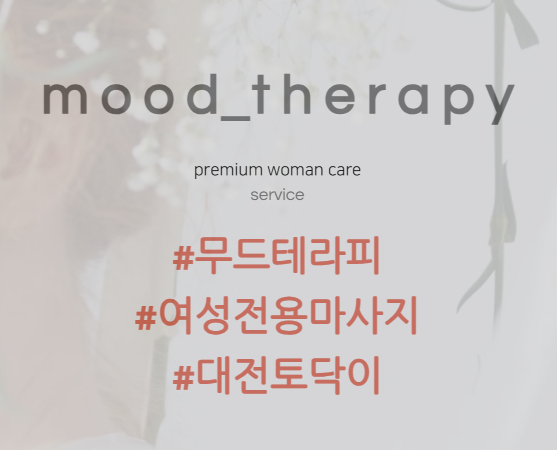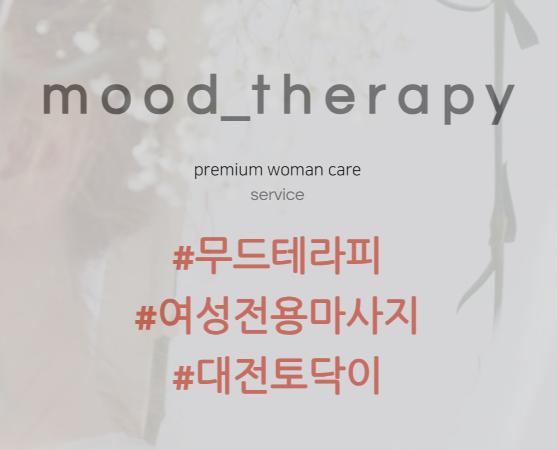Introduction to 토닥이: The Cultural and Emotional Significance
In modern society, cultural practices often carry a significant weight, and one such practice that resonates with many people is the concept of 토닥이. Rooted deeply in Korean tradition, the term evokes a sense of comfort, soothing, and emotional reassurance. Whether it’s in the context of comforting someone in distress, or a simple gesture to convey care, 토닥이 holds a distinct and irreplaceable place in the emotional landscape of Korean society.
In this article, we explore the many facets of 토닥이—its origins, usage, emotional connection, and how this gesture continues to shape interactions in modern-day Korea.
What Does 토닥이 Mean? Understanding the Term
The word 토닥이 is a Korean term that refers to a soft and tender pat, often on the back, head, or shoulder. It is commonly seen as a gesture of comfort or encouragement. Unlike a firm slap or pat, which might convey authority or force, 토닥이 carries an inherently gentle and warm sentiment. The subtlety of the action signifies care and concern, offering emotional solace in a non-verbal manner.
While 토닥이 can be used in various settings, it is particularly prevalent in moments of emotional vulnerability. When someone is feeling down, distressed, or overwhelmed, a well-timed 토닥이 can provide the reassurance and support they need. It serves as a gentle reminder that they are not alone in their struggles and that others care for their well-being.

The Emotional Impact of 토닥이
In Korean culture, 토닥이 is more than just a physical gesture—it’s an embodiment of emotional support and affection. The act of giving someone a gentle pat on the back, for example, can trigger feelings of warmth, safety, and emotional healing. Many Koreans associate 토닥이 with moments of vulnerability, such as after a stressful day, following a difficult personal experience, or during times of loss.
The emotional impact of 토닥이 can often be felt deeply. It creates a safe space where the person receiving the gesture feels seen, heard, and validated. The simple act of 토닥이 is symbolic of a deep sense of empathy that is often required in times of emotional difficulty. For many people, receiving this gentle reassurance provides a temporary emotional respite from life’s burdens.
Historical and Cultural Context of 토닥이
While 토닥이 is a modern-day concept, its roots can be traced back to ancient Korean practices. Historically, the act of providing emotional support through physical gestures was common in Korean families. Traditionally, family members were expected to be the primary source of emotional comfort for each other. The practice of offering a comforting touch, be it a pat on the back, a hug, or a tender stroke, was a way of expressing concern and love without the need for words.
In ancient Korea, the concept of 온정 (Onjeong), meaning warmth or affection, played a central role in relationships. This emotional warmth was expressed not just through words but through actions like 토닥이. People believed that a simple physical gesture, like patting someone’s back, could convey a deep emotional bond that words could not fully express.
